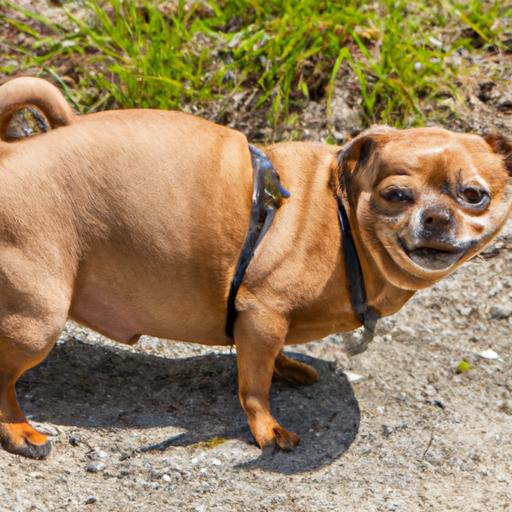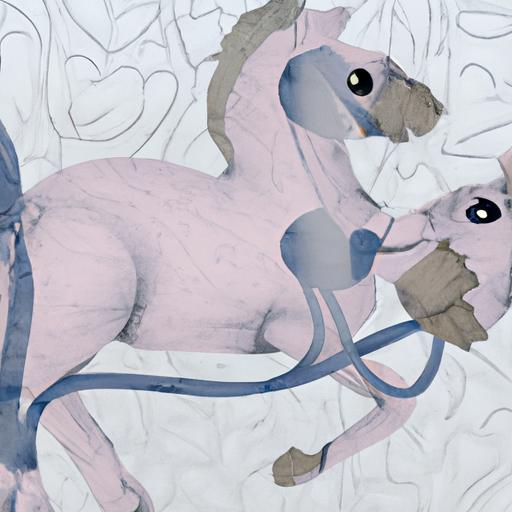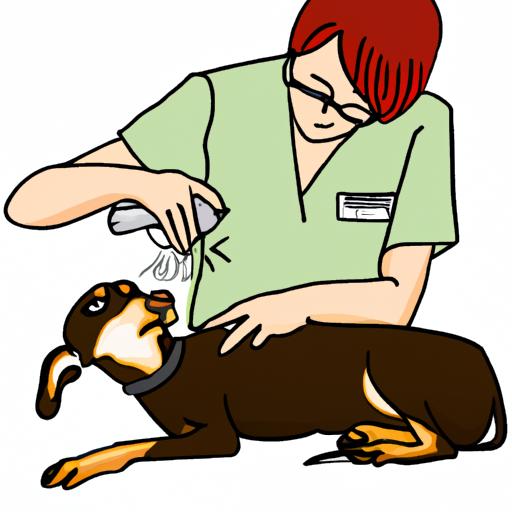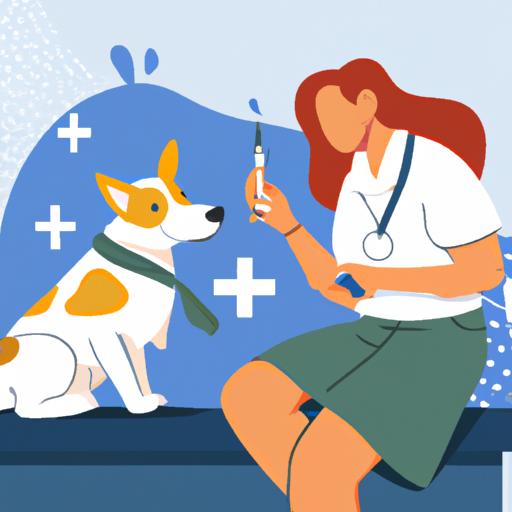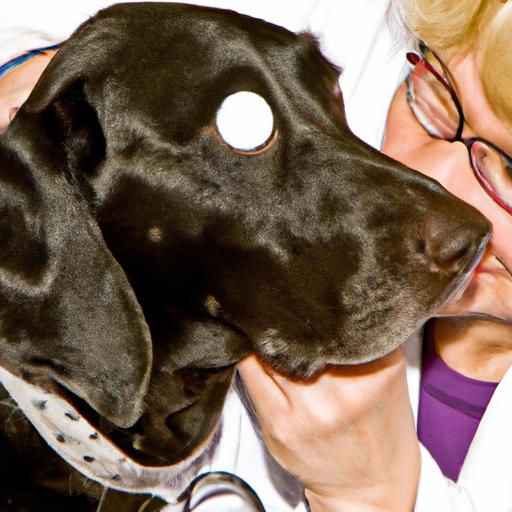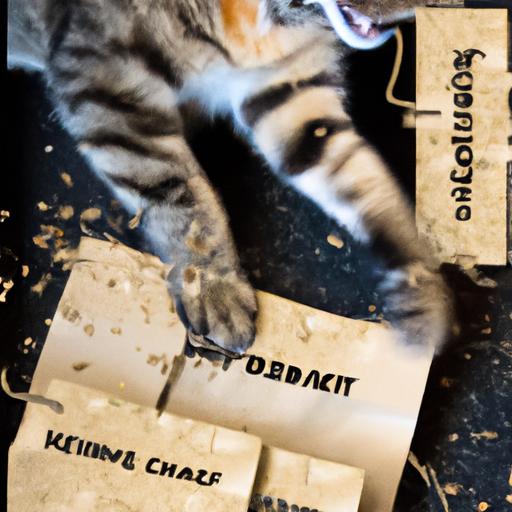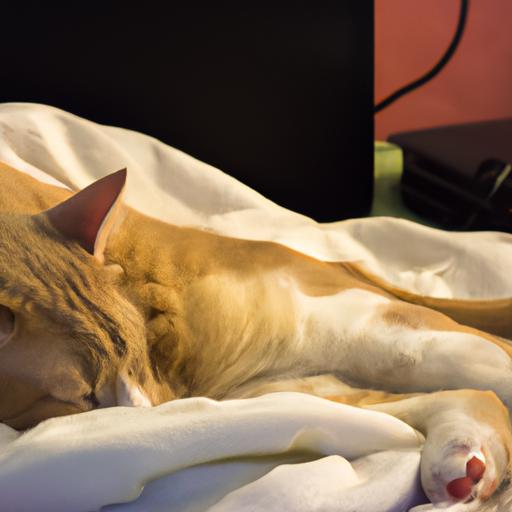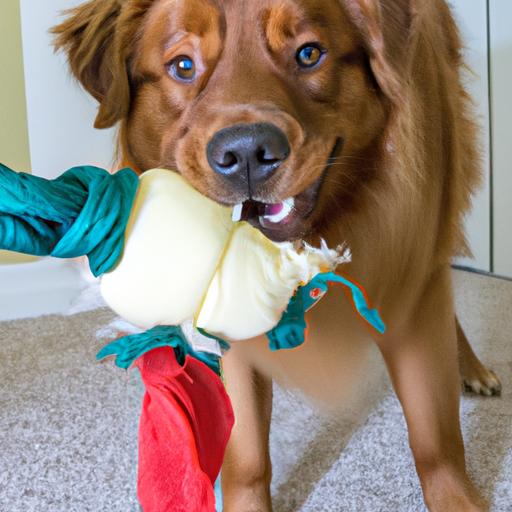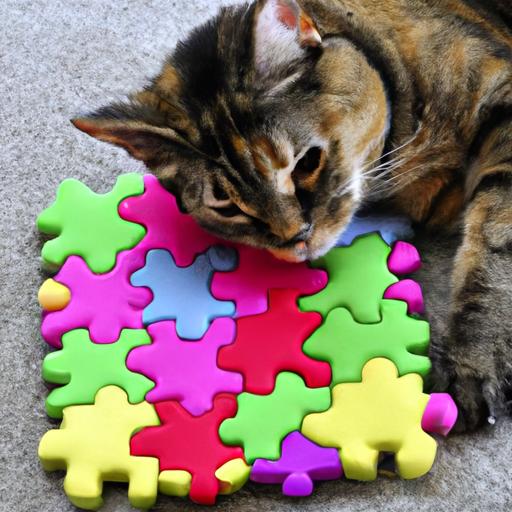.jpg)
Recognizing Signs of Canine Gastric Dilatation-Volvulus (Bloat)
Learn how to recognize the signs of Canine Gastric Dilatation-Volvulus (Bloat) in dogs. Early detection can save your furry friend’s life. Read more.
Introduction to Canine Gastric Dilatation-Volvulus (Bloat)
As pet owners, we cherish the bonds we share with our four-legged companions. However, it’s crucial to be aware of potential health risks that can affect our beloved furry friends. Canine Gastric Dilatation-Volvulus (Bloat) is one such condition that can be life-threatening if not recognized and treated promptly. In this article, we will delve into the signs and symptoms of this condition, empowering you with the knowledge to identify and seek early veterinary care for your canine companion.
Recognizing Signs of Canine Gastric Dilatation-Volvulus (Bloat)
Canine Gastric Dilatation-Volvulus (Bloat) is a condition characterized by an abnormal accumulation of gas and fluid in a dog’s stomach, which can lead to twisting of the stomach. Recognizing the signs early on is essential for ensuring timely medical intervention. Let’s explore the common symptoms and warning signs associated with this condition:
1. Abnormal Behaviors and Physical Changes
When dealing with Canine Gastric Dilatation-Volvulus (Bloat), it’s important to pay attention to your dog’s behavior and physical appearance. Look out for the following signs:
- Restlessness and pacing
- Unsuccessful attempts to vomit
- Excessive drooling
- Swollen or distended abdomen
- Rapid breathing or panting
- Whining or signs of discomfort
2. Understanding the Difference between Simple Bloating and GDV
It’s essential to differentiate between simple bloating and Gastric Dilatation-Volvulus. While bloating is a common occurrence in dogs and usually resolves on its own, GDV is a severe condition that requires immediate veterinary attention. Here are a few factors that can help you distinguish between the two:
- Time: If the bloating persists for more than a couple of hours, it could be a sign of GD- Unproductive vomiting: Frequent attempts to vomit without bringing up anything can indicate GD- Abdominal distention: A visibly enlarged or bloated abdomen is more likely to be a sign of GD- Behavioral changes: Notice any unusual behaviors, such as restlessness or discomfort, as they may indicate GD
3. The Role of Breed Predisposition
Certain dog breeds have a higher predisposition to developing Gastric Dilatation-Volvulus (Bloat). Large and giant breeds, such as Great Danes, German Shepherds, and Boxers, are more susceptible. However, it’s important to remember that any dog can experience GDV, regardless of breed. Vigilance is key, regardless of your dog’s breed.
4. FAQ about Canine Gastric Dilatation-Volvulus (Bloat)
Q: What breeds are more prone to developing GDV?
A: Large and giant breeds, including Great Danes, German Shepherds, and Boxers, have a higher predisposition to GDHowever, any dog can be affected by this condition.
Q: Can bloat be prevented?
A: While it may not be possible to prevent GDV entirely, there are steps you can take to reduce the risk. Feeding smaller, frequent meals, avoiding vigorous exercise immediately after meals, and using elevated feeders can help minimize the chances of GD
Q: What should I do if I suspect my dog has GDV?
A: If you suspect your dog is experiencing Gastric Dilatation-Volvulus, it’s crucial to seek immediate veterinary care. Do not attempt home remedies or wait for the condition to resolve on its own, as GDV can be life-threatening and requires prompt medical intervention.
Q: Are there any long-term effects of GDV?
A: The severity of the condition and the timeliness of treatment play a significant role in the long-term effects of GDWhile some dogs may recover fully with appropriate medical care, others may experience complications or organ damage. Regular follow-up visits with your veterinarian are essential to monitor your dog’s recovery.
Conclusion
In conclusion, recognizing the signs of Canine Gastric Dilatation-Volvulus (Bloat) is crucial for ensuring the well-being of your furry companion. By being vigilant and proactive, you can identify the warning signs early on and seek immediate veterinary care, potentially saving your dog’s life. Remember, any dog can be affected by GDV, so it’s important to be aware and knowledgeable about this condition. Stay attuned to your dog’s behaviors and physical changes, and never hesitate to consult a veterinarian if you suspect GDYour quick response can make all the difference in the successful treatment and recovery of your beloved pet.
